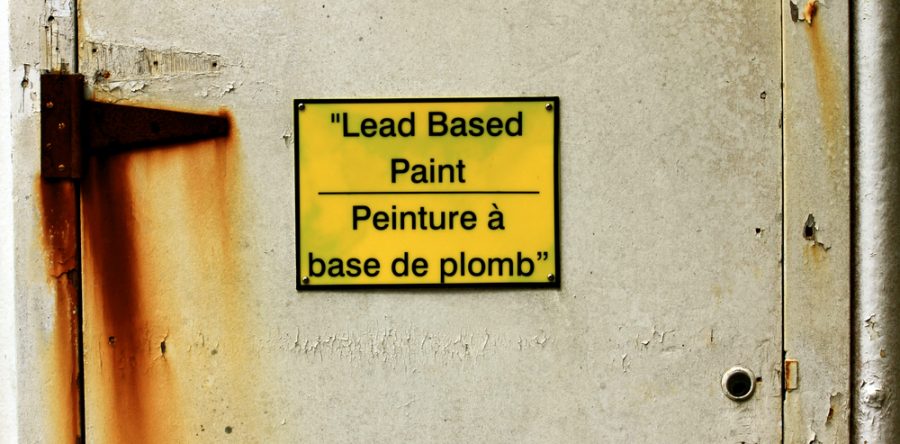Although there was a ban put on consumer use of lead paint in 1978, this by no means ensures that your home is lead-free. It could still be in the paint from years ago, in other odd places around your house, or being tracked in from somewhere else. Check out our guide to see where this hazardous material can still be hiding.
Old Homes and Buildings
If your home was built before the federal ban was placed in 1978, it is likely that lead is still lurking in the paint on your walls, even if they have been repainted. If your paint is chipping, peeling, cracking or damaged, this is an issue that needs immediate attention. The lead from the paint can quickly turn to dust and be tracked all around your home.
Lead can also be found in other surfaces of your home such as windows and windowsills, doors and door frames, stairs, railings, banisters, and porches. Any renovations such as repair or repainting of these areas can create toxic lead dust particles. Lead from paint and these dust particles are among the most common causes of lead poisoning.
Additionally, lead may have been used in your plumbing materials and pipes. Lead pipes and solder were commonly used in households until 1986.
Soil, and Playgrounds
Some of your outdoor areas may become contaminated if your exterior paint is lead-based. Building flakes and peels can run off into the soil, which can be tracked into your home making it likely that you will inhale it. It could also be ingested directly from hand-to-mouth contact, especially with children, or from eating vegetables that were grown in that soil. To avoid bringing the lead contamination in your home, try using a doormat and removing shoes before entering.
Older playgrounds may also contain old lead-based paint and artificial turf or shredded rubber that contain lead. Be sure your child is not putting the debris in their mouth, or putting their hands near their face before thoroughly washing.
Products
Some of the products in your home may also contain lead. Antique dolls, old toys, and painted jewelry from your grandmother could contain lead-based paint. If your child is going to come in contact with these items, be sure that they don’t put them in their mouth as they could suffer from lead poisoning.
Contact DCM Environmental Testing for Lead Inspections
Ultimately, the goal is to have a lead-free home to avoid all risks. Although there are precautionary steps you can take to protect your health, the best way to ensure your safety is to have a lead inspection. DCM Environmental Inspections will provide you with a full inspection and if lead is found, a plan of action can be devised. For peace of mind, contact DCM today!



